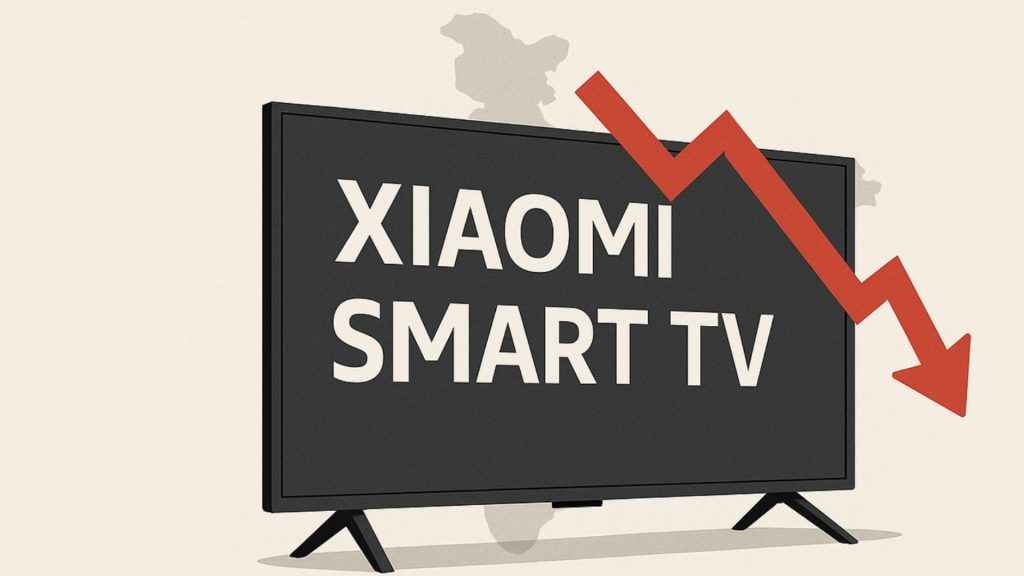
- Home
- Managed Services
- Cyber Security
- Blog
- About Us

We 365 Admin Support, just simplify your IT problems
Call for a free support. +91 96666 59505Platform Partnership
- Who We Help
- Shop
- Contact
- News





Xiaomi is grappling with one of its toughest periods in India, prompting the brand to reconnect with an often overlooked segment: the retailers. Following a revealing investigative report by Digit that detailed the company’s steep decline and troubled relationships with its retail partners, Xiaomi has embarked on a series of nationwide meetings aimed at halting its downward trajectory.
Sources familiar with the situation indicate that Xiaomi has initiated region-specific discussions across significant market zones. The intent behind these meetings is twofold: to listen to the grievances of retailers and to reassess the incentive schemes currently in place, all while outlining a strategic roadmap to rejuvenate Xiaomi’s offline sales.
Retailers from across India have made several demands during these meetings, calling for improved sales margins and standard pricing for products across both online and offline platforms. Additionally, there has been a strong push for Xiaomi to broaden its product offerings within the country.
The timing of this initiative is particularly significant. Digit’s report, released last month, highlighted the fractures in Xiaomi’s strategy in India—pointing out issues like flawed pricing strategies, weakened brand positioning, and a concerning disconnection with retail partners.
Most alarmingly, retailers voiced their dissatisfaction with Xiaomi, noting inadequate profit margins, strict sales targets, and unclear incentive structures that have made competitors like Vivo and Oppo increasingly attractive options for stocking and selling.
Once celebrated for making smartphones accessible through budget-friendly, high-performance devices, Xiaomi now finds itself fighting to remain relevant in the competitive market. According to IDC, the brand plummeted to seventh place in India’s smartphone sector for Q1 2025, a stark decline from its previous position as the market leader. Recent Canalys data indicates a staggering 38% year-on-year drop in shipments—the largest decline among major smartphone brands.
Table of Contents
Toggle

Xiaomi’s challenges are not confined to its smartphone division; the company is also witnessing a concurrent decline in the fast-growing smart TV market, a space it once dominated through aggressive pricing and an online-first strategy.
Recent data from IDC shows that Xiaomi’s smart TV market share has plummeted to 11.7% in 2024, down from 14.2% in the previous year. This drop is particularly concerning given the overall smart TV market’s growth of 8.6%, with sales exceeding 12.1 million units during the same timeframe.
In response to the feedback received, Xiaomi has engaged its regional teams to interact with channel partners in various markets. Although these meetings are private, insiders note they revolve around three primary areas: adjusting margin models, easing sales target requirements, and improving communication channels between company representatives and retail owners.
While Xiaomi’s recent initiatives to engage with retailers suggest a willingness to change, experts caution that regaining trust will require more than just dialogue; it demands a profound shift in the attitudes of top management.
To truly regain its position in the market, Xiaomi must go beyond merely hosting listening sessions. Analysts propose a comprehensive realignment that includes:
If Xiaomi’s efforts to connect with retailers evolve into a genuine, strategic partnership rather than a superficial gesture, there is hope for a turnaround. Failure to adapt, however, may result in the brand becoming obsolete in a rapidly changing market.
As developments unfold, Digit will closely track Xiaomi’s initiatives and the effects of its push toward “premiumisation” on its retail presence in the coming months.